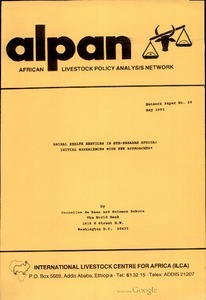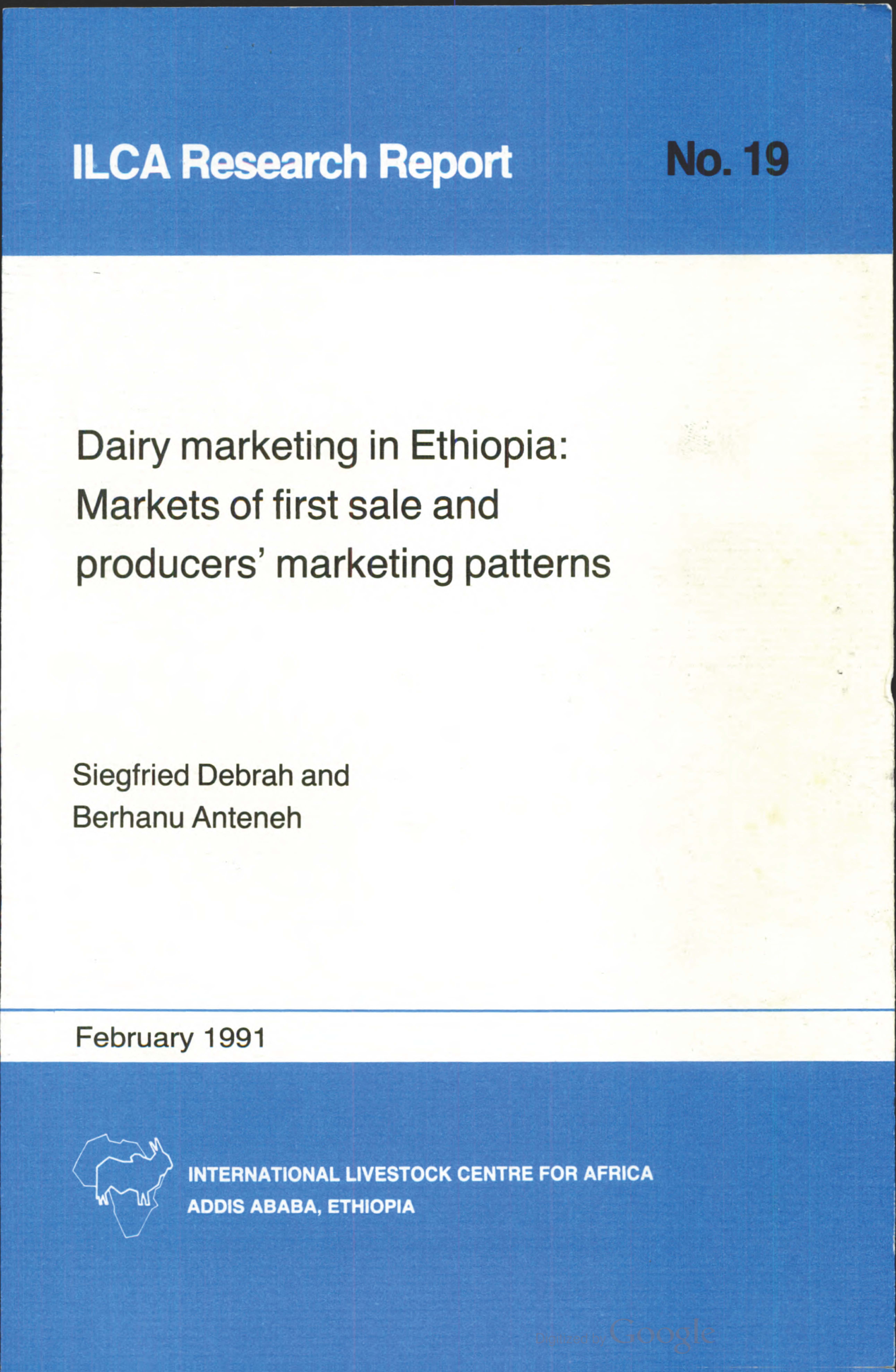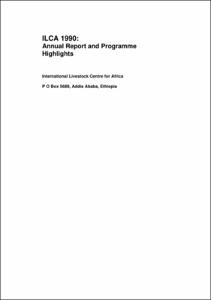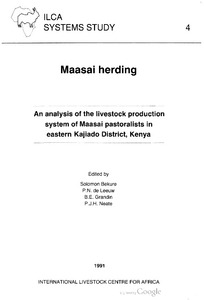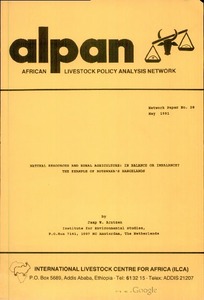Taking the bull by the horns: NGOs and pastoralists in coalition
Such is the vagary of rainfall throughout Africa's rangelands that almost all pastoral communities face cycles of good and hardship years. During good years herders increase and diversify their herds, whilst consecutive hardship years or `pastoral drought,' human and livestock disease, or livestock theft may result in large livestock losses and the consequent temporary collapse of household food production.




